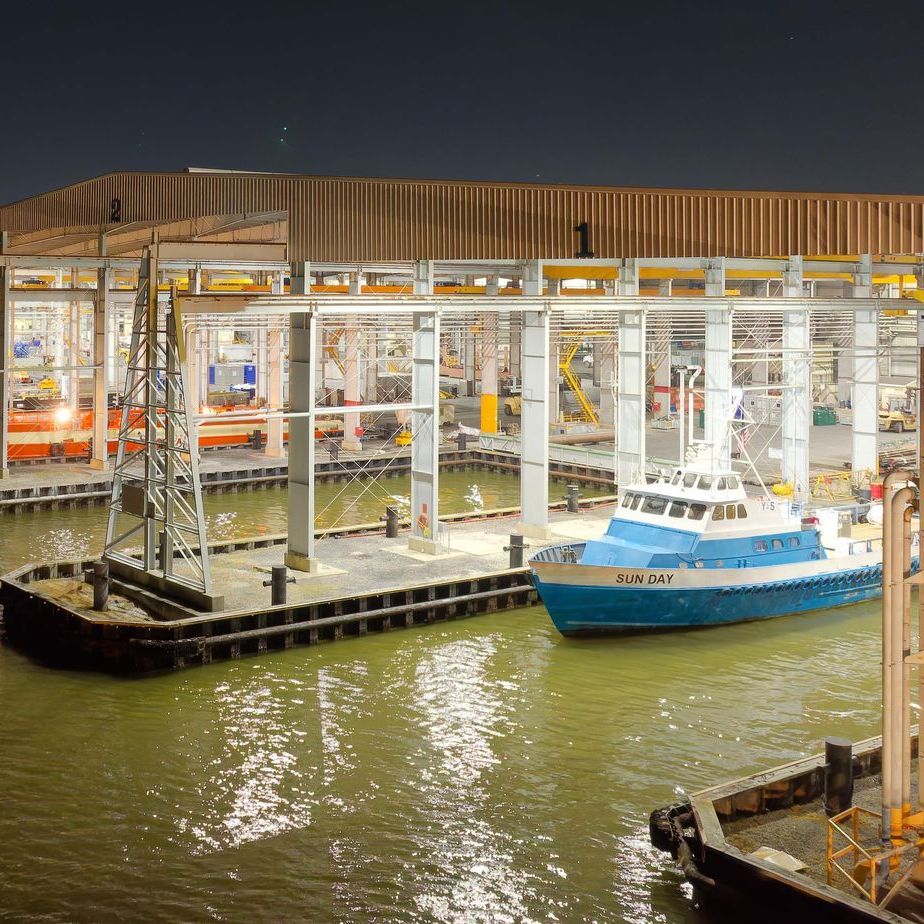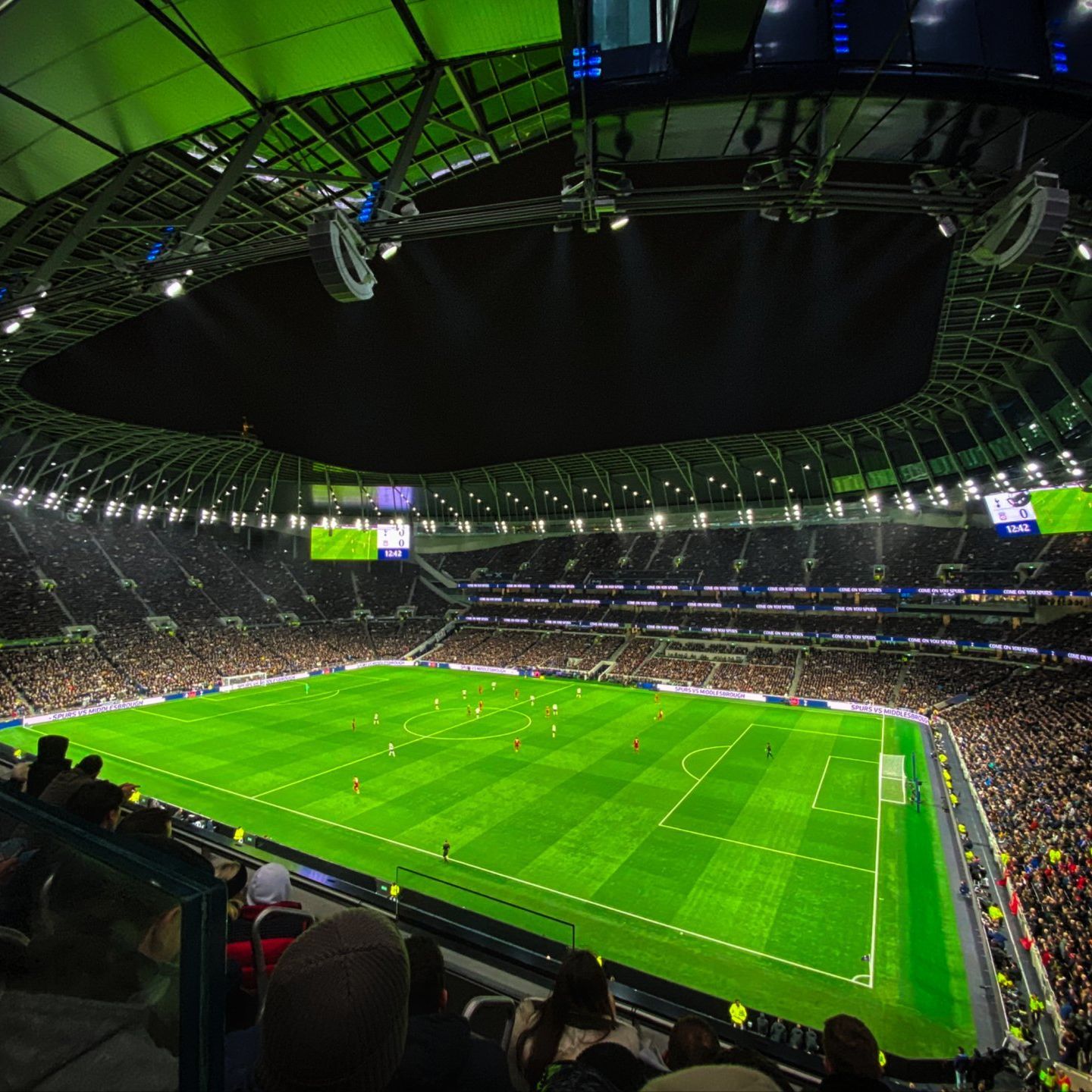LED Lighting in the Classroom: Improving Learning and Saving Money

LEARNING AND PRODUCTIVITY
As technology continues to advance and evolve, more and more schools and universities are turning to LED lighting as a way to improve the learning environment for students. LED lighting, which stands for Light Emitting Diode, is a type of energy-efficient lighting that has been shown to provide a number of benefits for students and teachers alike.
One of the key advantages of LED lighting in classrooms is that it can help to improve student focus and concentration. LED lights are able to produce a brighter and more focused light than traditional incandescent or fluorescent bulbs, which can make it easier for students to see and read their materials. This can be especially beneficial for students who struggle with reading or other visual tasks.
LED lights can also help to reduce fatigue and eye strain, which can be a common problem in classrooms with poor lighting. LED lights are able to produce a more natural light that is closer to daylight, which can help to reduce the risk of headaches and other symptoms that can be caused by artificial lighting.
Another benefit of LED lighting in classrooms is that it can help to improve the overall ambiance of the learning environment. LED lights come in a wide range of colors and can be used to create different moods and atmospheres in the classroom. This can be especially beneficial for students who are sensitive to light and need a more calming and soothing environment.
LED lighting is also energy efficient and sustainable, which is important for schools and universities that are looking to reduce their environmental impact. LED lights have a longer lifespan than traditional bulbs and use less energy, which can help to lower operating costs and reduce the school's carbon footprint.
In conclusion, LED lighting in classrooms can have a positive impact on the learning environment and students' performance. The natural light, energy efficiency, and versatility of LED lighting allows for an improved focus, concentration, and overall ambiance for the students and teachers. It's a cost-effective, sustainable solution that schools and universities should consider.
COST SAVINGS
In addition to the educational and environmental benefits, LED lighting can also provide significant cost savings for schools and universities. LED lights have a longer lifespan than traditional incandescent or fluorescent bulbs, which means they need to be replaced less frequently. This can result in significant cost savings over time, as schools and universities won't need to spend as much money on replacement bulbs.
LED lights are also more energy efficient than traditional bulbs, which can help to lower energy costs. LED lights use less energy than traditional bulbs, which means that schools and universities can save money on their electricity bills. This cost savings can be significant, especially for schools and universities that have large buildings with many classrooms.
Moreover, the ability to control the lighting with advanced lighting control systems, such as dimming or occupancy sensors, can help to further reduce energy consumption and costs. By automatically adjusting the lighting based on occupancy or natural light levels, these systems can help to reduce energy consumption and lower energy bills.
In addition, many governments and local municipalities offer rebates and incentive programs to encourage schools and universities to switch to LED lighting. These programs can help to offset the cost of the initial investment, making it more affordable for schools and universities to make the switch.
Overall, the cost savings associated with LED lighting can be significant, and schools and universities can benefit from both the financial and educational benefits that LED lighting provides. It's a smart and sustainable solution that can help to reduce costs while improving the learning environment for students.











